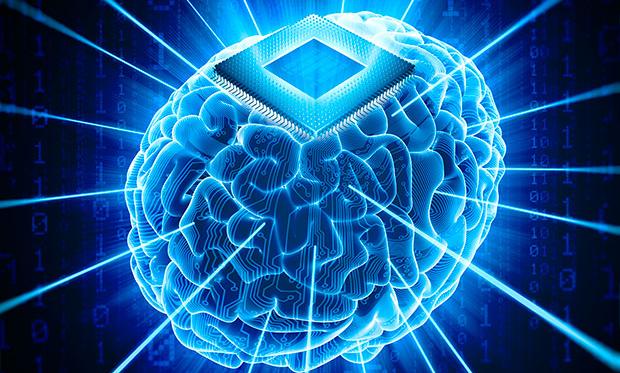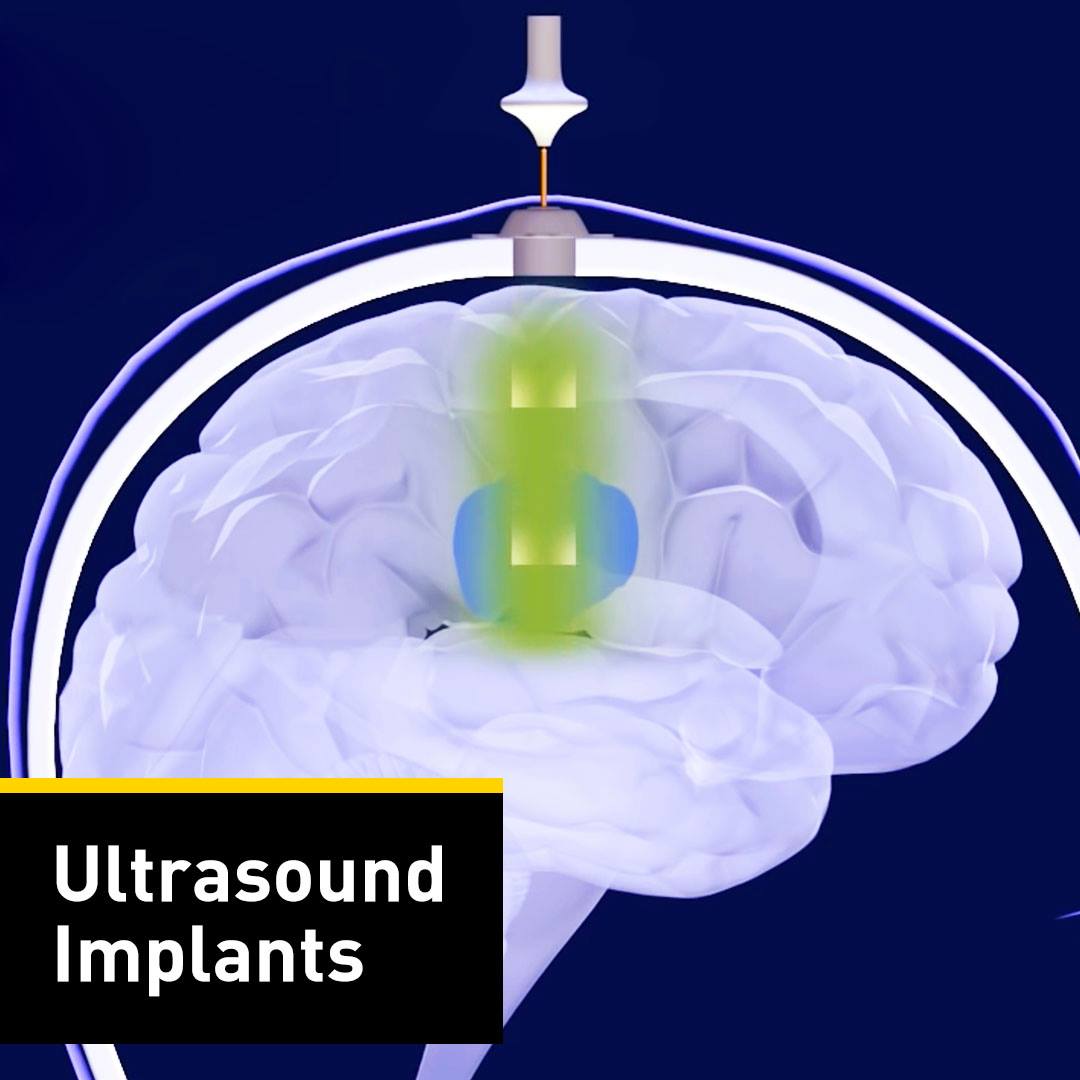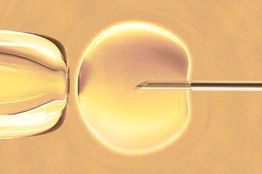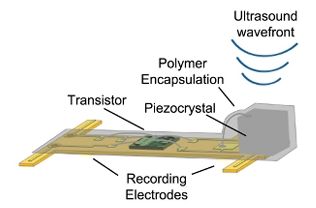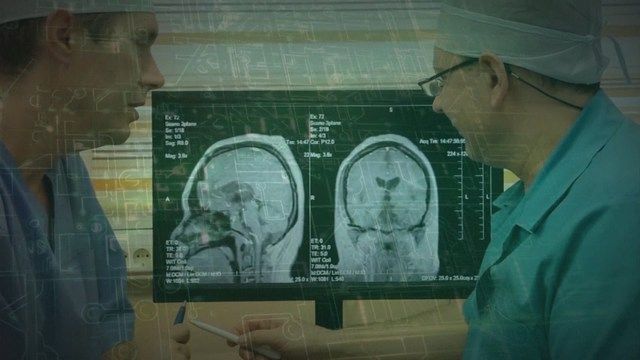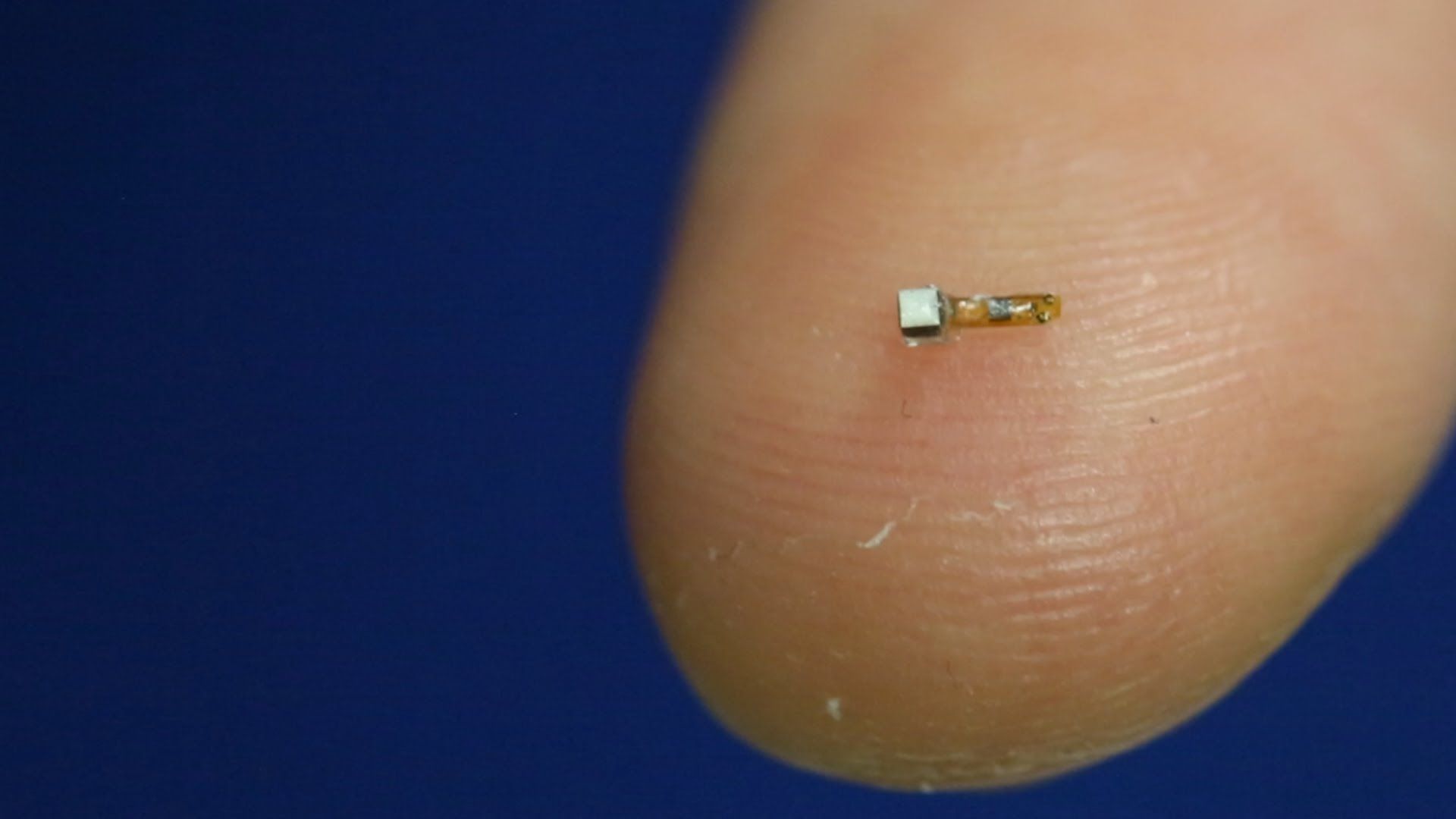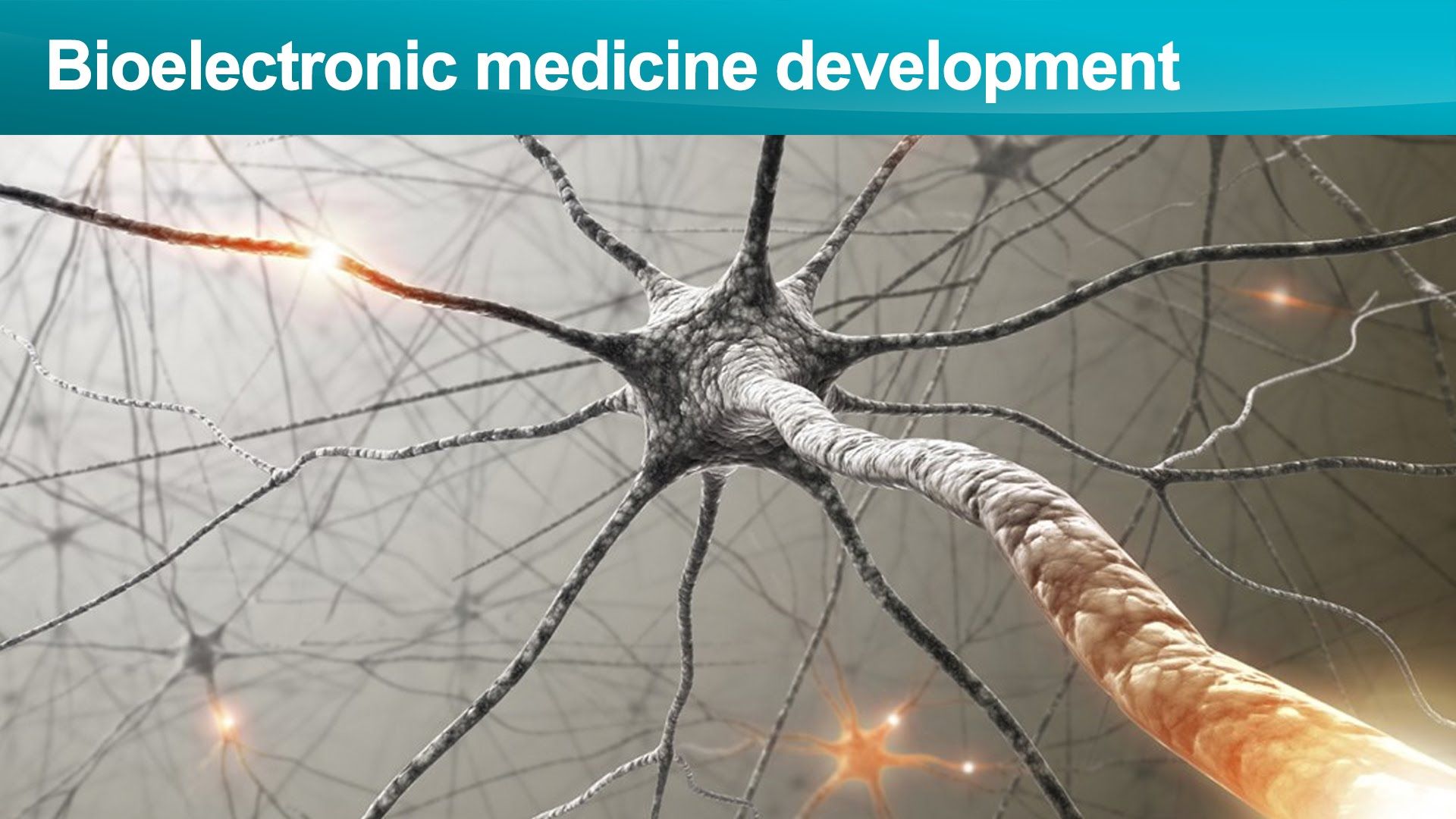Aug 18, 2016
China’s Scientists Propose the Human ‘Quantum Brain’ –“The Source of Our Dominance on the Planet: More Complex Than a Galaxy”
Posted by Karen Hurst in categories: engineering, neuroscience, quantum physics
The human brain has Quantum consciousness according to China. Why a cogitative thinking system that truly mimics the human brain will require QC.
Chinese scientists have proposed a new theory that explains why humans are so much more intelligent than animals even though our brains are often much smaller than those of other species. Researchers at the Wuhan Institute of Neuroscience and Neuro-engineering have previously carried out studies backing the theory that the brain not only processes and passes on information not only through electrical and chemical signals, but also with photons of light.

